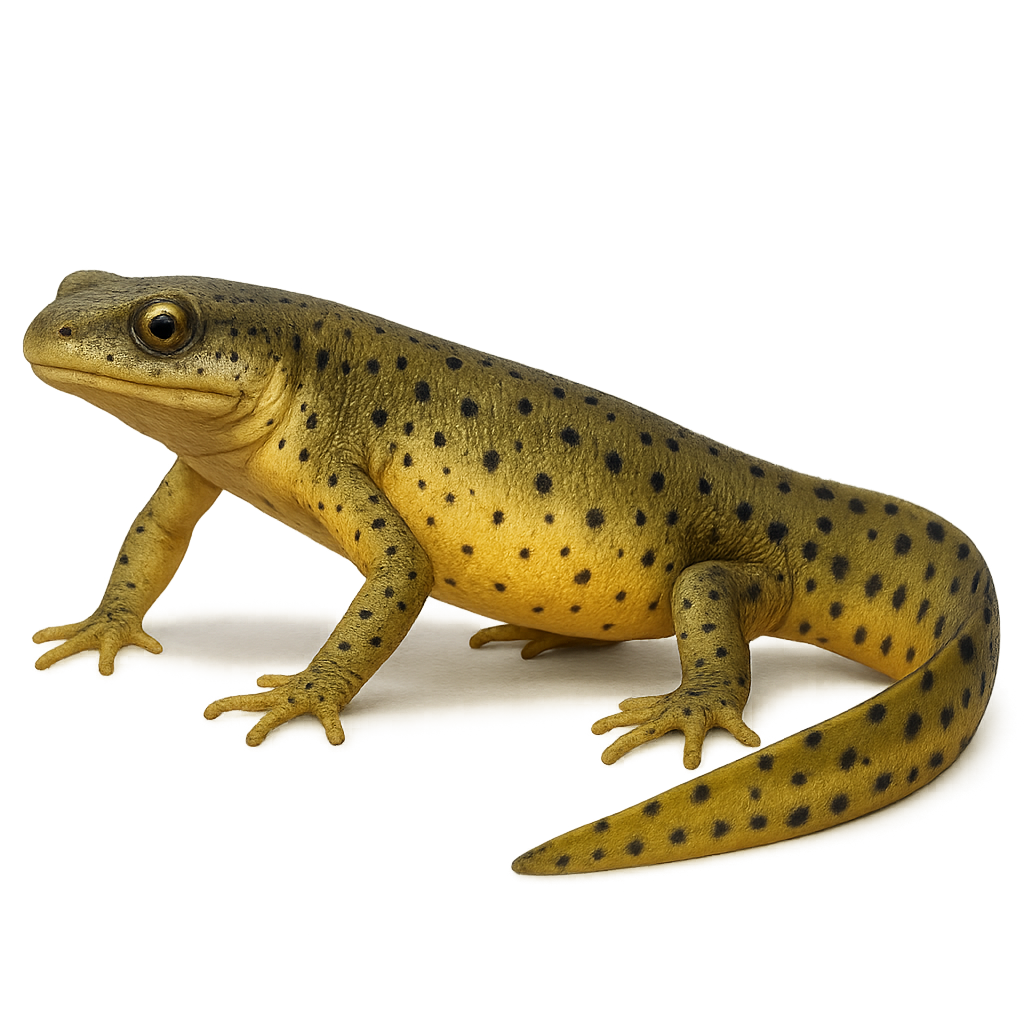Your wildlife photography guide.
Explore the eastern newt in detail, study its behavior, prepare your shots.
Where to observe and photograph the eastern newt in the wild
Learn where and when to spot the eastern newt in the wild, how to identify the species based on distinctive features, and what natural environments it inhabits. The WildlifePhotographer app offers tailored photography tips that reflect the eastern newt’s behavior, helping you capture better wildlife images. Explore the full species profile for key information including description, habitat, active periods, and approach techniques.
Eastern newt
Scientific name: Notophthalmus viridescens

IUCN Status: Least Concern
Family: SALAMANDRIDAE
Group: Amphibians
Sensitivity to human approach: Suspicious
Minimum approach distance: 2 m
Reproduction period: Variable
Incubation: 3–8 semaines
Births: Variable
Habitat:
Ponds, marshes, streams, moist forests
Activity period :
Mainly active at night, generally discreet during the day.
Identification and description:
The Notophthalmus viridescens, commonly known as the Eastern newt, is a small amphibian native to North America. It is characterized by its smooth, moist skin, typically green with distinctive red spots along its back. The Eastern newt undergoes several life stages, including an aquatic larval stage, a terrestrial juvenile stage known as the "eft," and an aquatic adult stage. These newts prefer aquatic habitats such as ponds, marshes, and streams but can also be found in moist forests during their terrestrial phase. They primarily feed on aquatic invertebrates and play a crucial role in the ecosystem by controlling insect populations.
Recommended lens:
Macro – adjust based on distance, desired framing (portrait or habitat), and approach conditions.
Photography tips:
To photograph the Eastern newt, it is advisable to use a macro lens to capture the details of its skin and distinctive patterns. Look for it near still water bodies or in moist forests. Be patient and avoid sudden movements to prevent scaring it away. Natural morning or afternoon light is ideal for highlighting its vibrant colors. Remember to respect its natural habitat and avoid disturbing the environment.
The WildlifePhotographer App is coming soon!
Be the first to explore the best nature spots, track rutting seasons, log your observations, and observe more wildlife.
Already 1 431 wildlife lovers subscribed worldwide

